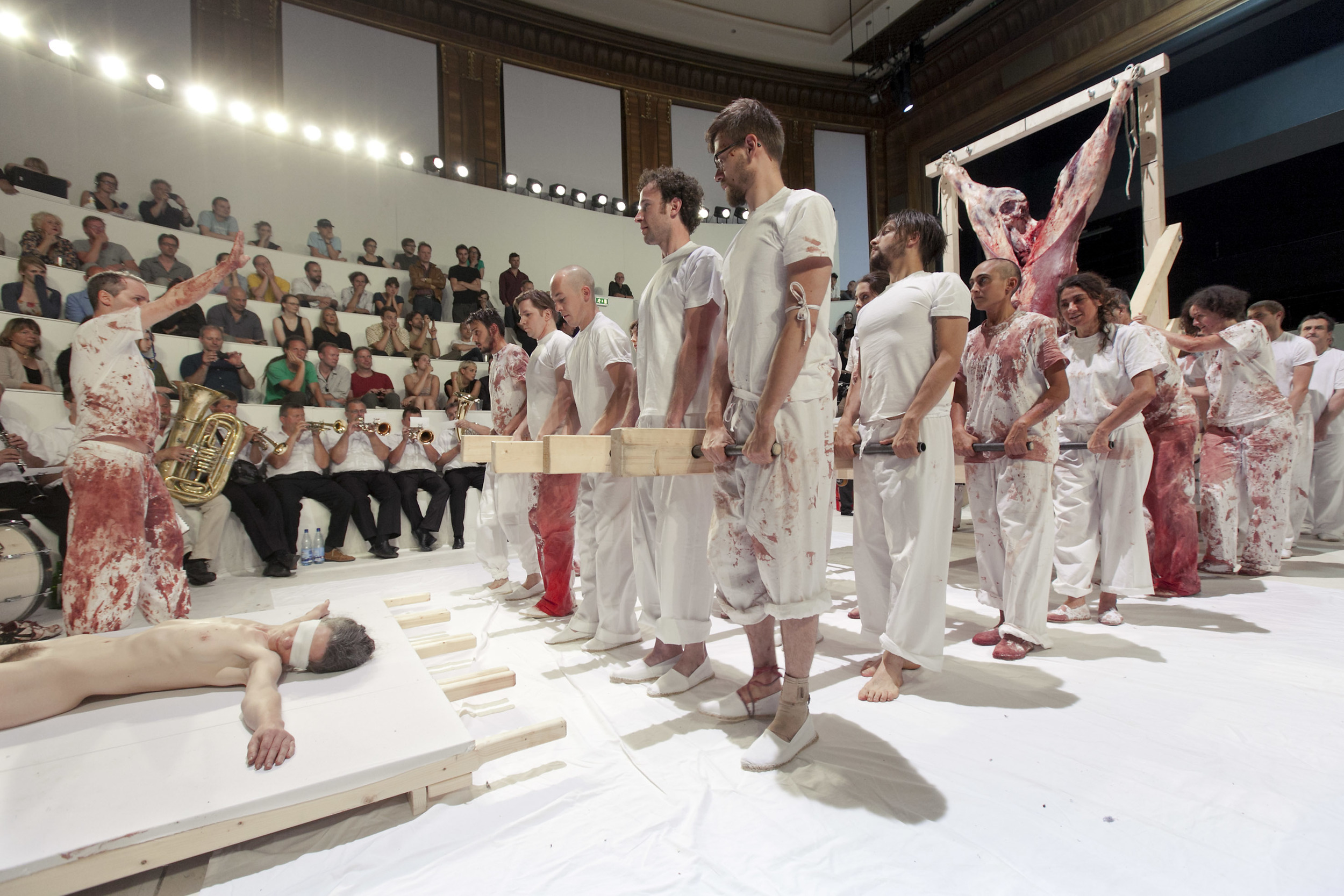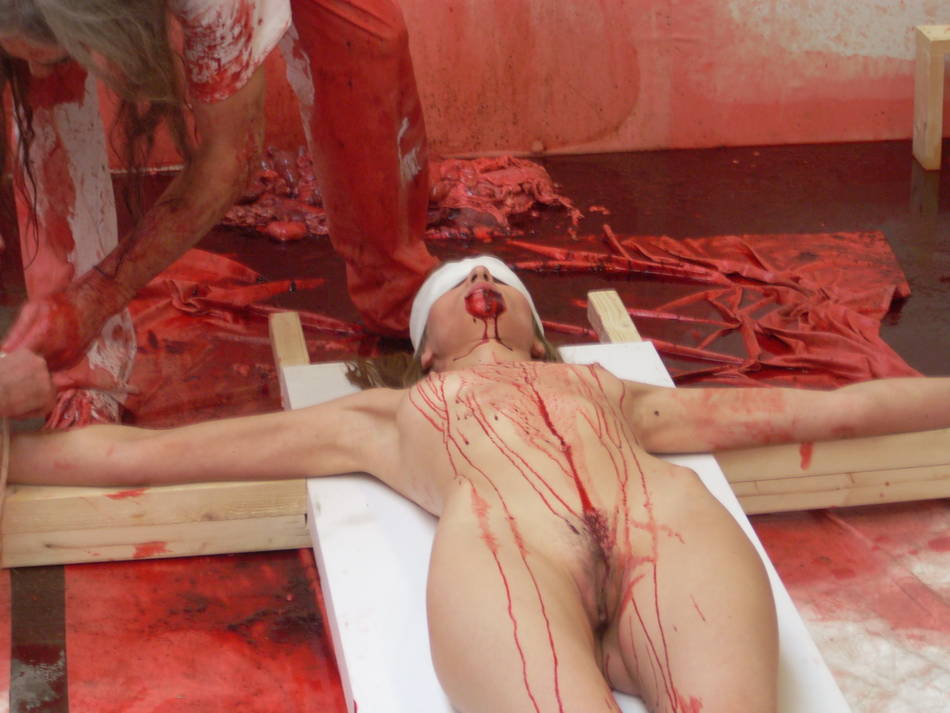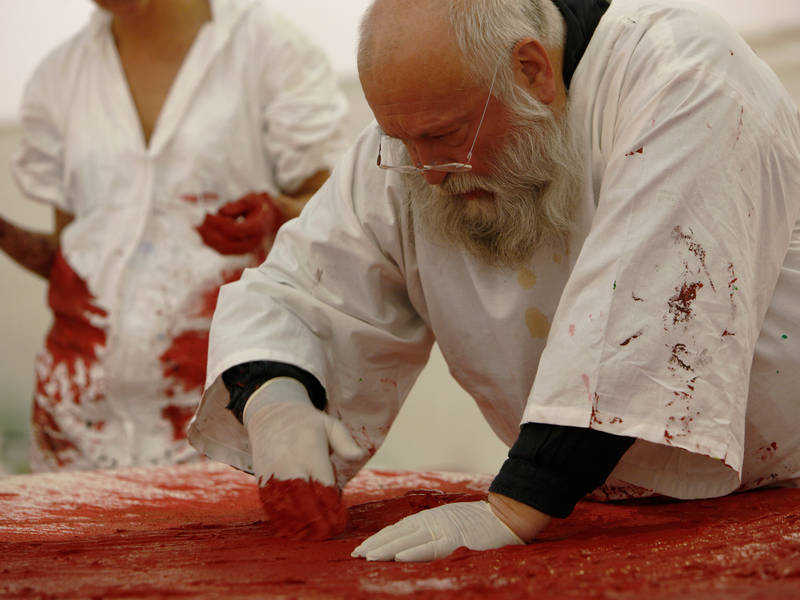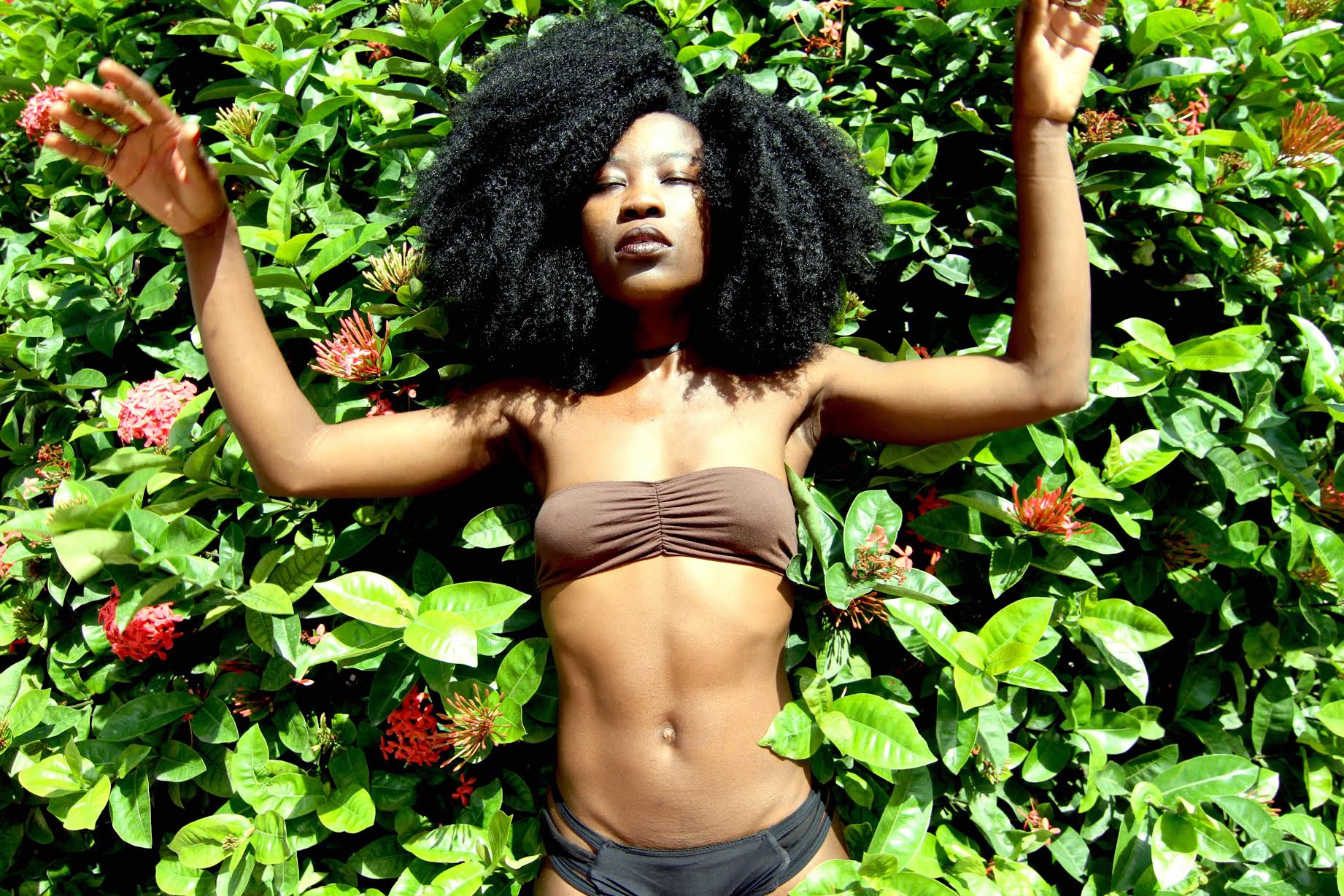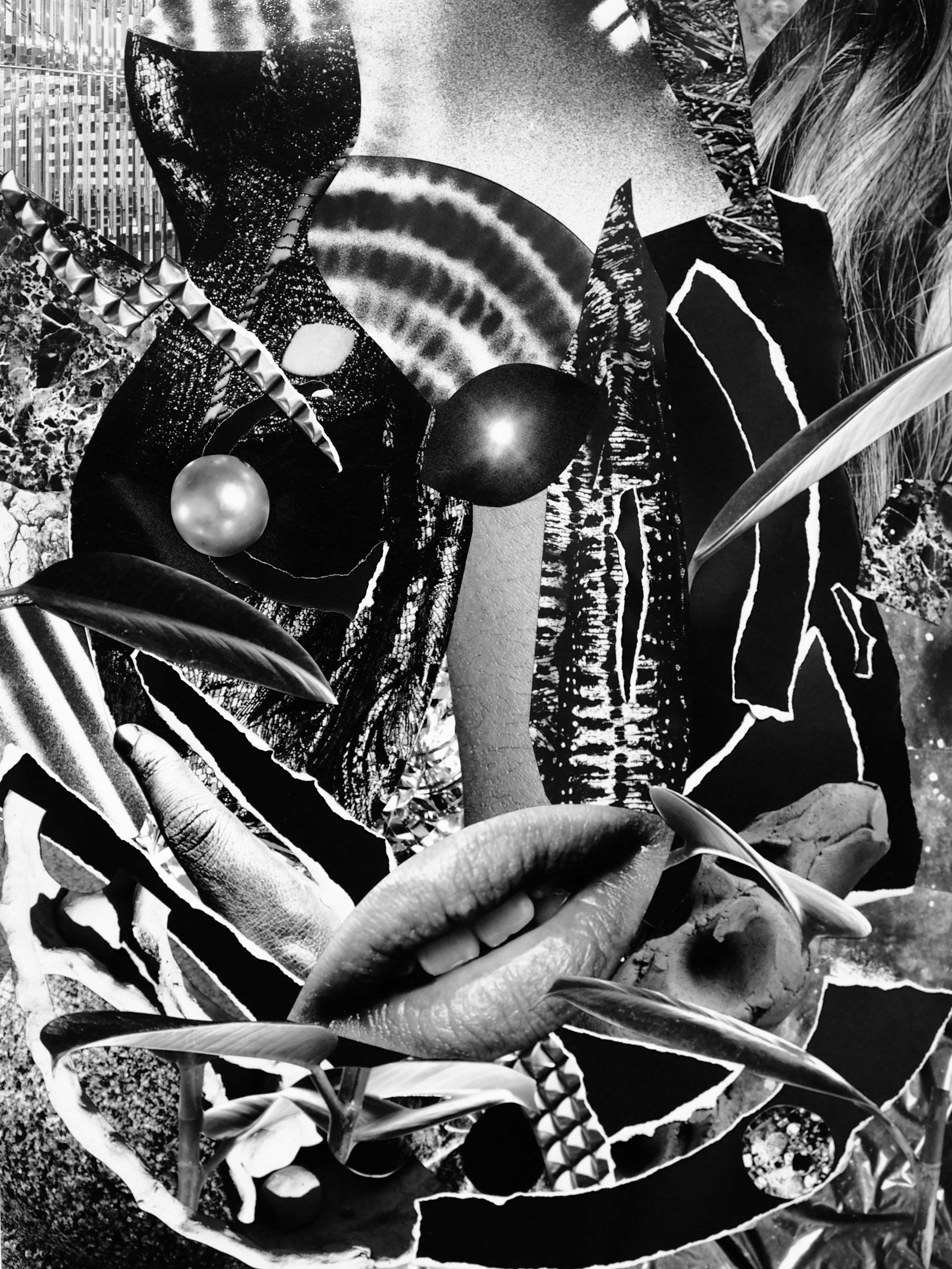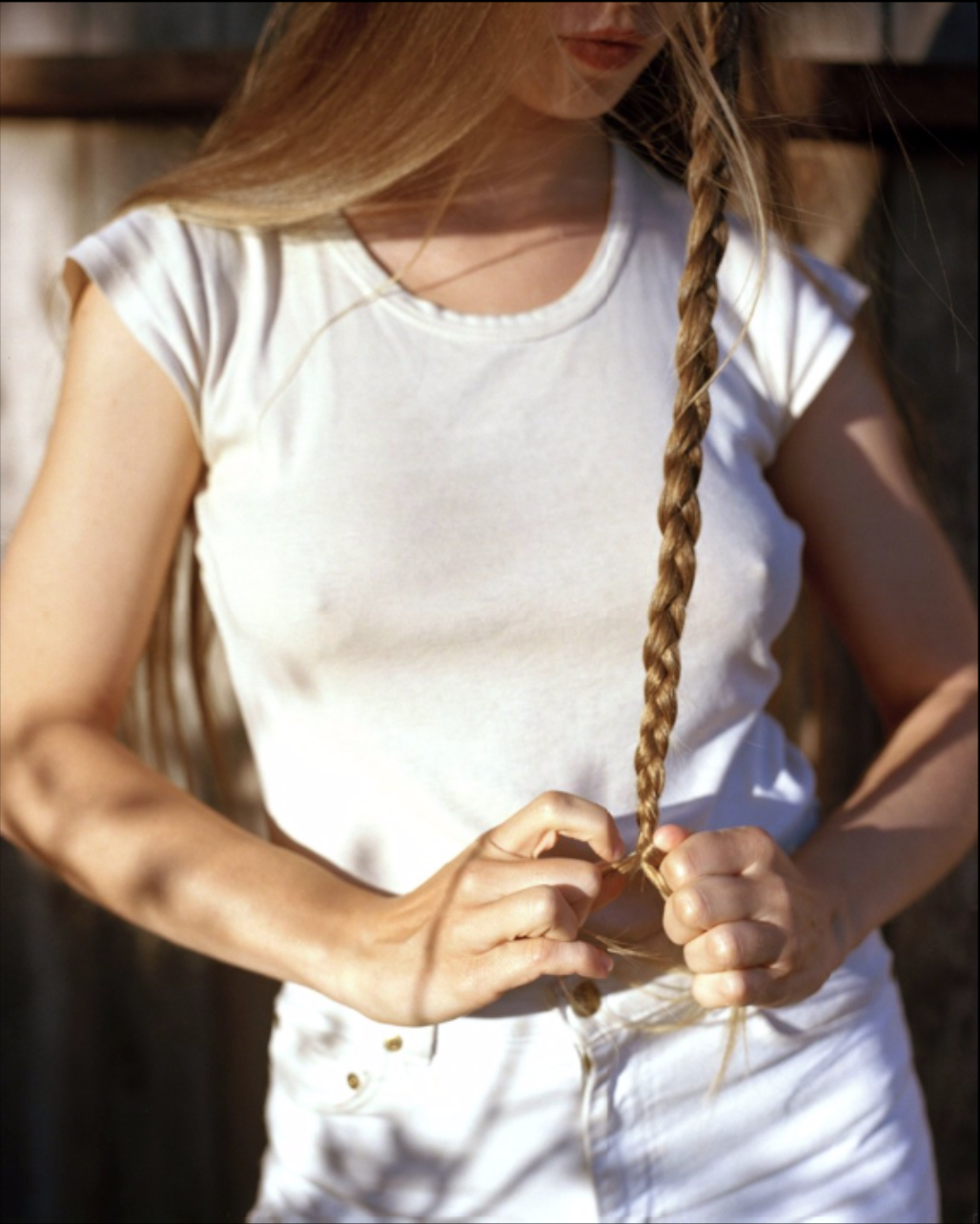A few weeks ago, a mysterious series of short vignettes began arriving on Snapchat under the handle mudditchgirl91. Soon, the vignettes were edited together for a short film called Snapchat: Mudditchgirl91. In the film, mudditchgirl91 pines for a mudditchboy with a string of strange and shocking anecdotes, like wondering if mass murderer Elliot Rodger’s cum tastes like avocado oil. People freaked out. Who was mudditchgirl91? In another week, Marilyn Manson had tweeted a link to the video and the mudditchgirl91 phenomenon went viral. A day or two after that, one more film was released – it was mudditchgirl91’s suicide note. Just like that, she was dead.
The real story, though, is that mudditchgirl91 was a character in an elaborate plot filmed in real time on the popular social media video sharing site, Snapchat, and directed by Vancouver based artist, novelist, and boy genius Alex Kazemi. After an exhaustive ten-hour casting search on Instagram, Kazemi found Bella McFadden (otherwise known as @internetgirl). Over night, his film started to gain traction. During the live filming, Bella, who played mudditchgirl91, was getting frantic phone calls from her friends, family – even her boyfriend threatened to never speak to her again. Alex Kazemi’s intention was not exploitation – his intention was to examine the rampant social media culture of instant gratification and clickbait slavery. It was a social experiment. The fact that the mudditchgirl91 video became clickbait itself was shocking and ironic. Men were sending dick pics and sexually threatening messages. Mudditchgirl91 had to die. People didn’t get it. People still don’t get.
Fortunately, Autre was able to speak with Alex Kazemi, a twenty-one year old prodigy from Vancouver who has deeply prescient insight into his generation. Kazemi can count American Psycho author Bret Easton Ellis as a fan. Mudditchgirl91 wasn’t just another barely legal girl exposing her body on Snapchat – it was an exploration – a digital exploration into the soul of identity, gender and sexuality and how it is portrayed within the digital spheres of social media. In the following interview, we had an in depth conversation about art, life, mudditchgirl91 and more. Kazemi has also shared with Autre an exclusive video of his directing Bella over FaceTime during the making of mudditchgirl91 to show that she herself was complicit in this postmodern movie making experience that quickly backfired and brought on the ire of social commentators, social justifiers, internet predators and trolls.
OLIVER KUPPER: So, your short film Snapchat: Mudditchgirl91 really took an interesting turn, can you talk about some of your thoughts on how this social experiment became so viral – even Marilyn Manson was tweeting a link to the video?
ALEX KAZEMI: It’s funny to me how people will tell me that I shouldn’t have to explain things. They tell me, “Just let it be. It’s going to make you look weak if you try to explain.” I think the entire meaning of the short film got lost in the culture. When it got put into the blender of the Internet, it became fetishized. If anything, I could use that as an example of my point being proven.
OK: You’re almost shockingly successful in your annihilation of that culture.
AK: I think it’s all fucking dark. I’m happy that it got attention. There was this thing in the news a few days ago, holding up a mirror to the Tinder debate. That article in Vanity Fair got this whole dialogue rolling. I feel like I was doing the same kind of thing—holding up a mirror. I was doing it in the form of visuals. Sometimes when you articulate it that way, the message gets lost. It was interesting that two things went viral in two weeks. You see the article getting the discussion that I was hoping to get. Mine is just becoming fetishized and called “art.”
OK: Do you think that is one of the major things that is holding back your generation?
AK: My generation is very stuck on the idea that everything and anything when uploaded online, is art. When everything uploaded to Instagram and Tumblr is gazed at as "art". What is the value of having a "creative perception" in a world where everyone is exploiting theirs for instant gratification? You could argue that anyone with access to LTE or WiFi is a genius, because no one is arguing against their claim.
OK: What about the highly provocative images that young girls are posting on social media?
AK: I think of these kids today who are posting basically child pornography to their Tumblr pages and Instagram, because they just want the sugar rush of strangers giving them instant gratification. When they turn 25, and look back at that - are they just going to be cool with that and laugh it off? It’s terrifying.
OK: You mention clickbait as a major issue with today’s media and it seems like a pretty disingenuous way to pander content to the masses…do you think it is affecting humanity negatively?
AK: People are consuming from these hubs every day, and allowing themselves to be slaves to clickbait. It's insulting to think that sites like Buzzfeed think everyone feels the same about everything. There is this kind of lack of empathy for the human experience. Life isn’t a group hug. I don't have ten reasons to remind you of what it was like when you experienced the worst moments of your life. Your experiences can be precious; they do not have to be exploited. You just need to remind yourself. I look back at how vulnerable I was as a young teenager using social media, and all the fucked up situations I put myself in. It’s really disgusting, but when you are that unaware and so far gone - I didn’t even know I needed to be protected.
OK: Let’s talk about triggers….a lot of magazines are putting trigger warnings on their headlines because they don’t want to trigger someone’s trauma…what are your thoughts on this?
AK: Everyone’s the most fragile special snowflake, and they can’t even be spoken to without you triggering them. It’s like, the whole Devin from DIIV situation that Pitchfork had a fiasco over, when he got caught on 4Chan saying dirty stuff. It’s like, I’d like to see all of your throwaway Reddit or Yahoo answers accounts, or private iMessages before you judge him. He’s also in a rock band. You are surprised a guy in a rock n roll band has the mouth of a guy in a rock n roll band?
OK: Speaking of special snowflakes, do you think that Snapchat is encouraging this false sense of uniqueness?
AK: The content on Snapchat is disposable but the idea is that humans feel they are special enough to have a 'story' for others to watch, even if it's maybe 200 friends. This is really no different than reality TV. I mean, the opening shot to Caitlyn Jenner's show is footage of her filming herself. Isn’t Kylie, like the Snapchat queen or something? Everyone is a Kardashian. There’s not one friend I have hung out with in the last year, who hasn’t Snapchatted something when we hung out.
OK: I want to talk about your background. You’re based in Vancouver?
AK: I was born and raised here.
OK: Is there much of a creative environment in Vancouver?
AK: Not that I’ve ever been exposed to. I spent a lot of my life in the suburbs. Obviously, I was inspired by what I know. That’s what I try to do. I feel like I was never exposed to any other artists or creative people. I could never ask kids in my neighborhood to help me with projects; I would have to find someone on Instagram. I never went to Vancouver looking for creative people. I went to the Internet. I had that opportunity—to make something with someone who wasn’t in my city. We could still collaborate, even though we were area codes away—which is kind of weird.
OK: You wrote a novel at a young age. Whenever someone writes a novel and they’re that young, people seem very surprised. Teenagers have a lot to say, maybe even more than adults. It’s a very intense time. Can you tell me more about that experience?
AK: I don’t know what really happened. There was a point in my life where everything culminated. I don’t feel like I wrote it; it wrote itself. It was all happening. I had to create a character to get through all of the things that I was dealing with at the time. I couldn’t handle it. I was writing a lot of poetry lyrics. I was obsessively writing all the time—on napkins, the back of magazines, foam—everything. I was always writing. There was a point where I thought I had enough content to form it into a book. I wrote the manuscript, and I hustled really hard to get it published. I put it online first, when I was 18. I started writing it when I was 17. It was not expected at all. It happened to me, rather than me doing it. I was really scared of myself for a long time. I don’t understand it at all.
OK: Let’s jump into Mudditchgirl. It was misunderstood. Why do you think it became misunderstood?
AK: Bella played her character, and people were unable to tell if it was a character or if it was her. Essentially, that’s what I wanted. People looked for my expression rather than the character expressing herself. It’s very similar to the cultural imagery that people want right now. People like Lily Rose. But they take it at surface level. They don’t question anything beneath it. They say—“That’s my look. That’s my vibe. Oh my god, me.” They continue to do that. It was misunderstood because we’re in that mentality of anything uploaded online is art. People made it seem fetishized and creative. Endorsing the look fucked it up. It has a very strange look. Everyone is focused on the look. If they like the look, they’re going to tell everybody, and they’re not going to look at anything beneath it.
OK: How did you come to hire Bella for the role of Mudditchgirl91?
AK: I found Bella at 3 in the morning, after I spent 10 hours looking for a girl to cast. I have been working on this project since last December. I was given 24 hours before this project would be pulled. This was hours before I had found out I was being set-up by a big Hollywood director and production company that manipulated me into thinking they were going to work with me but they were executing my ideas without me, behind my back. After being called 'young and stupid,' I was given a choice, to be a victim or to pull through. I decided to do the project on my own that day. You have to trust yourself. You have to persevere. I'm only telling you this because I want everyone, especially young people, anyone who is reading this to protect themselves from this kind of experience. I'm grateful to have learned from this huge mistake.
OK: You chose Bella after a long casting search…did you have an intuition about her acting abilities?
AK: Did you see how her character pouted and talked in a baby voice, sexualizing her suicide? Isn't that a very accurate snapshot of humans who find doom sexy?
OK: When we initially talked, you told me that you got some scary phone calls after the short film went viral…can you talk about one particular phone call that really scared you?
AK: People like to think young dudes who are working in any industry don’t get sexualized or put in scary positions but I was on the phone with a powerful agent who was trying to turn my whole project into this cheesy Hollywood-fetishized meme, and wanted to get a big blonde bombshell model to make videos on the Snapchat account mimicking the movie. He was saying the creepiest deviant stuff I have ever heard, I can understand “bro-ing out” but it was 10 steps further than that. I was so uncomfortable yet I felt like an idiot because I didn’t know how to get off the phone with him. I froze up. Hollywood is the darkest. I felt like I was in The Canyons.
OK: What was the initial inspiration for Snapchat: Mudditchgirl91?
AK: Snapchat: Mudditchgirl91 was inspired by a collective representation of people I have been observing. I’m obviously fascinated with LA actress, Lauren Alice Avery as much as anyone else because she is a great example of how you are unable to tell if people online are being genuine or fake. Is she really like this? Or is she calculating/manipulating a character very cautiously with every photo and every tweet? Does it even matter, at this point? The character is NOT based off Lauren, it's a movie made by a young girl who is 18 in this world - obsessing and idolizing over Instagram icons like Lauren, wanting to be chic but strange.
OK: What do you think hit home about the short film?
AK: I think the reason people like the video is because of the Snapchat element. It was made in real time on Snapchat. It probably hits home. Young girls are uploading this kind of stuff on social media every hour. It's their art.
OK: There is a lot of overlapping with reality and fiction and even some of Bella’s friends were confused and nervous, right?
AK: The character in Snapchat: Mudditchgirl91's fake storyline is very similar to the one that happened in our real world. The two overlap. Bella didn't kill herself; her character killed herself. Bella's character is 18; Bella, the actress is 19. You have to figure out what is real or fake. The character, Mudditchgirl91, made the movie on her Snapchat. It's watching a movie of a movie that the character in the movie made.
OK: Ok, Bella has an Instagram account, which seems not too far off from Snapchat: Mudditchgirl91…don’t you think it makes sense that people would be confused?
AK: @InternetGirl is not Snapchat: Mudditchgirl91 but to someone who doesn't know Bella, and looks at her social media…they might think that's the same girl, that she's not in character. Our perceptions and judgments of people are based via our feelings of who we see them as in the URL world. That's very wrong.
OK: What would you do you if you were Mudditchgirl91?
AK: If I was Snapchat: Mudditchgirl91, I'd fucking kill myself too. Could you imagine how overwhelming that'd be? To have all eyes on you over night? To go viral? I think in her fictional story, she was probably on like Buzzfeed and shit which didn't happen in our real world, but I mean, it's horrifying. It's like what would have happened if that girl who was a part of the Calgary rodeo threesome video that leaked, was ashamed?
OK: How similar are you to Mudditchgirl91?
AK: I don’t think I am like Snapchat: Mudditchgirl91. I’m not going to lie, I’ve had some nice conversations with detergent pods before and I can relate to going stir crazy at home, because I don’t go out much.
OK: Do you think the movie is exploring or reinforcing a stereotype?
AK: The movie could be reinforcing a stereotype. I mean, young girls and guys have sent us feedback that actually shows us that in their head, they are interpreting Snapchat: Mudditchgirl91 - the character as a glamorous and sexy aesthetic or something to aspire to be. People are tweeting things like “I want a mudditch boy”. This makes me sad, but I guess it has a life of it’s own now. It’s out of my control. I don’t know. I didn’t make this to have it be fetishized. I truly in my head thought that this could get a dialogue going, hold up a mirror in a violent way to make people question today’s culture. Bella and I have gotten pictures sent to us by young people imitating the scenes in the film. It’s really upsetting to me. Maybe, I should just shut up and be grateful my work got out there.
OK: Mudditchgirl91’s t-shirt in the film says “CINGENDER” – what does that mean?
AK: “CINGENDER” was an inside joke with myself about the 500 different labels there are today for sexuality/gender, and you know that’s great for the visibility of the transgender and queer community. You go to people’s twitter pages, and read their bios and it’s like some dystopian movie, it’s like reading brail- “gender fluid”, “gender neutral”, “intersectional feminist”, “non-binary”, “agender”. I don’t know? A lot of these people are young too, and get excited by their identity defining them, and they’ve got 10 thousand different options to have the whole “I’ve arrived. I’m here. I’m different” experience, but at the end of the day - you’re going to just be a human. Maybe, someone out there feels they need to be in the body of a sinner. Live and let live.
OK: You probably received a lot of comments and maybe some threats…wasn’t this disturbing?
AK: I didn’t realize, you know having the privilege of being a cis-straight white male and being in the Snapchat account of a female character. All the unsolicited dick pics, and the “come sit on my face”, “I wanna rape you so bad” messages - that kind of sexual objectification. The entitlement to her body because she was showing so much of it. It made me feel what these girls have to go through, and it was really disturbing to me. I’m happy I’m not a girl.
OK: Do you think you exploited the actress for the sake of this film?
AK: I think I definitely exploited Bella, but I think she knew she was going to be exploited and was ok with that. I mean, am I a predatory exploiter for being a cis-straight male sexualizing a teenage girl that is 2 years younger than me or is it really no different than the self aware, barely legal photos she's posting of herself online? #Feminism
OK: Do you think we are all exploiting ourselves online…especially with social media?
AK: I do think the exploitation of oneself on social media, and the morbid narcissism comes from a sense of hopelessness, like “Well, I don’t have the patience to make anything. I’ll just make myself into a character that I can express, and call that my Internet art. I might as well make myself my own god. I'll tweet all my best thoughts, I'll post all my best photography. I won't save it for something bigger”. I guess, it’s no different than what I do with my fiction writing - it’s just when you write fiction, you have the luxury to dissociate.
OK: Did you have any premonition that people were going to like the short film or dislike the short film?
AK: I mean, I already knew that people were not going to like the movie before it went up. I knew the reactions, but I did it in hopes that someone out there would get it, and other people who are questioning our culture right now - could be like, “well, hmm…I relate to why he made that”, “I relate to him, maybe I’ll email him and say hello, maybe we can talk” but obviously, the total opposite happened.
OK: Do you plan on doing any more of these films, or are you done after it sort of backfired?
AK: I need to focus on finishing the book. I’ve been working on the book since I was eighteen. It’s interesting, when you’re working on a project, how many people your age say, “You need to hurry up. You need to get it out, or you’re going to be forgotten.” It’s not about that for me. When you have a vision, it grows and fertilizes every day. When it stops, it stops. There’s a lot of pressure, especially for young people to rush it out. Get your likes, get your reblogs. I would like to make other movies one day. I would like to experiment with other mediums. Mostly, I just let it all happen. I don’t think anyone should force anything. The universe is always going to give new things to you.
OK: So, you’re comfortable just being an artist and letting the creativity flow?
AK: This is going to sound so fucking annoying but I don’t really identify with the identity of the artist. I’m not enigmatic. I’m boring. I watch Big Brother 4 times a week. I don’t like to go out. Everyone in my life has always told me I’m tortured and dark and fucked up, and I’ve always tried to distance myself from that rather than get off on it. I see people out there, who want to attract that kind of negative attention with ideals of “Heroin Chic” or “Sick Chic” and it grosses me out. I have been obsessed with being normal since I was born. I don’t think this kind of thing is okay. I’m not glamorizing it. I mean, if I could just not be me and still make these things - That’d be very, very nice.








